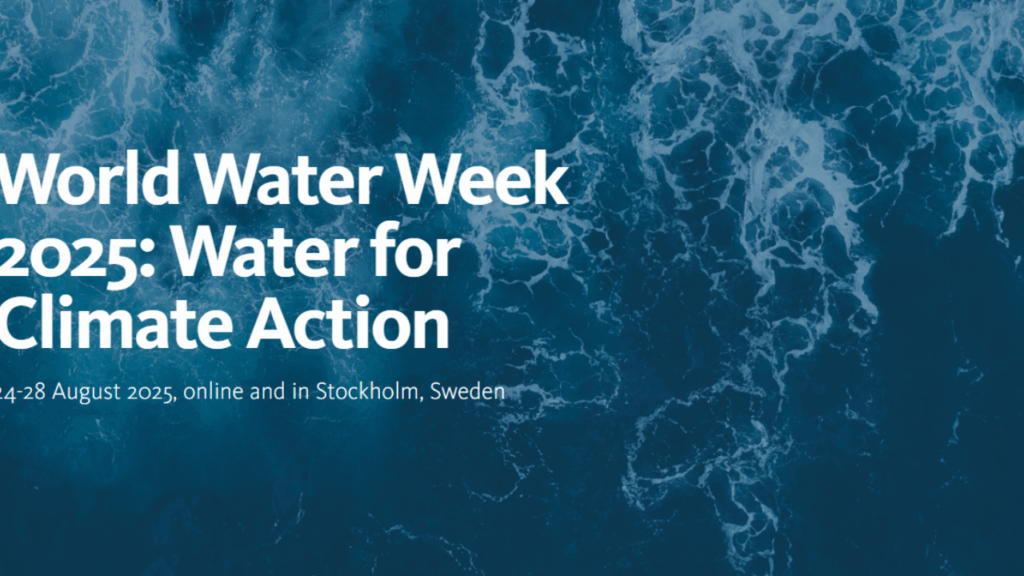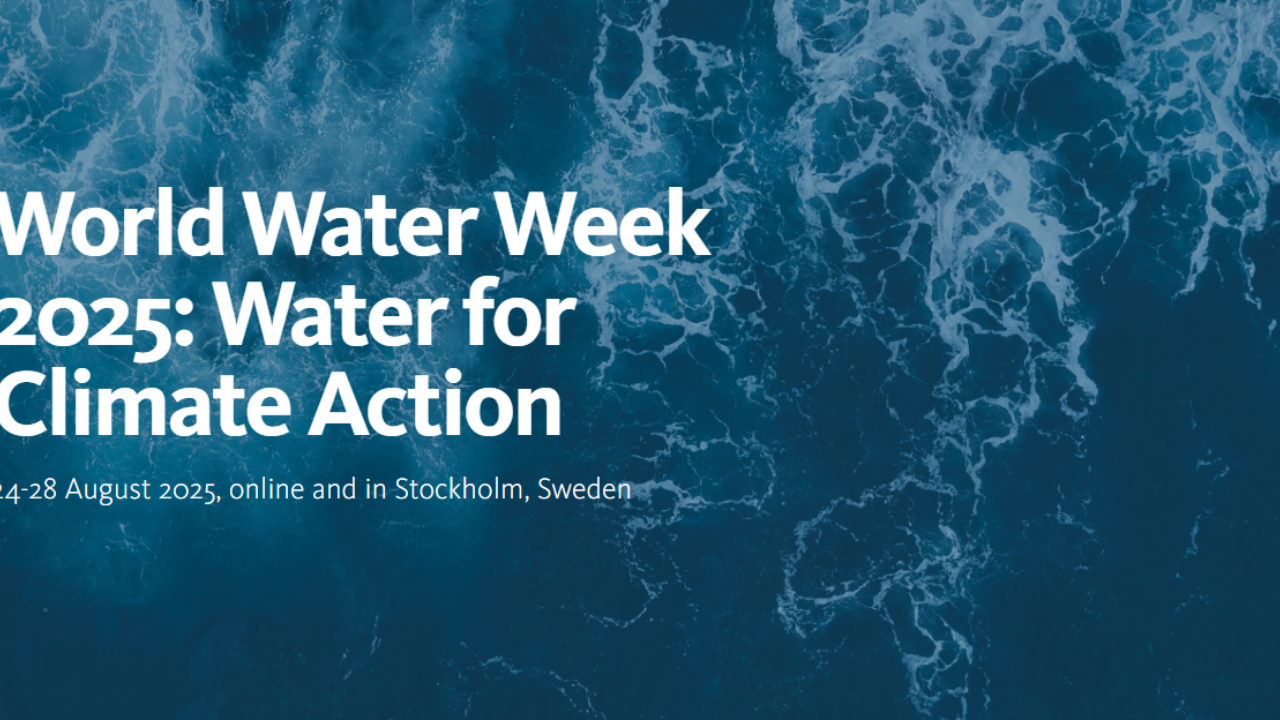
When people think of climate action, forests, renewable energy, and carbon reduction usually dominate the conversation. But one of the most powerful yet overlooked allies in the fight against climate change is our rivers. Rivers are more than just flowing water—they are lifelines for biodiversity, agriculture, drinking water, and energy. Protecting them is not just about conserving nature; it’s about building resilience against climate change.
This article explains why rivers are crucial for climate action, the threats they face, and the steps we can take to protect them.
Rivers: Nature’s Climate Regulators
Rivers play a central role in maintaining ecological and climate balance. Their protection ensures a healthier planet for both people and ecosystems.
1. Carbon Storage in River Ecosystems
Wetlands, floodplains, and riverbanks store significant amounts of carbon. Healthy river systems help prevent carbon release while supporting biodiversity.
2. Cooling the Planet
Rivers and connected wetlands regulate local temperatures. They provide natural cooling for urban areas and surrounding ecosystems, reducing heat stress worsened by climate change.
3. Water Security
Rivers provide drinking water for billions of people. Protecting them ensures resilience against droughts and water scarcity caused by shifting climate patterns.
4. Food and Agriculture
Irrigation from rivers supports global agriculture. Healthy rivers keep soils fertile and crops productive, directly contributing to food security.
5. Renewable Energy
Hydropower from rivers supplies clean energy worldwide. Protecting rivers ensures sustainable, climate-friendly power generation.
The Growing Threats to Rivers
Despite their importance, rivers are under constant pressure from human activity and climate impacts:
- Pollution – Industrial waste, agricultural runoff, and untreated sewage contaminate water supplies.
- Dams and over-extraction – Disrupt natural flows, harm ecosystems, and reduce water availability.
- Deforestation – Increases erosion and sedimentation, degrading river quality.
- Climate change – Causes erratic rainfall, glacial melt, and rising temperatures, all of which destabilize river systems.
- Urban expansion – Replaces natural riverbanks with concrete, worsening floods and reducing water absorption.
Table: Rivers and Climate Benefits
| River Function | Climate Benefit | Global Impact |
|---|---|---|
| Carbon storage | Stores carbon in wetlands/floodplains | Reduces greenhouse gases |
| Natural cooling | Regulates local climate | Lowers heat stress in urban/rural areas |
| Water supply | Provides fresh water | Secures human survival and agriculture |
| Soil & crop support | Maintains fertile lands | Strengthens food security |
| Hydropower generation | Supplies renewable energy | Reduces fossil fuel dependence |
| Biodiversity habitat | Sustains ecosystems | Improves climate resilience |
Case Studies: Rivers in Climate Action
- The Amazon River Basin – Stores immense amounts of carbon and regulates rainfall across South America. Its degradation threatens both water and climate stability.
- The Mekong River – Supports millions of farmers and fishers. Climate change and dam construction are destabilizing its ecosystem, with consequences for food and water security.
- The Ganges River – Provides water to over 400 million people. Pollution and climate stress put this lifeline at risk, making protection vital for India’s climate resilience.
How Protecting Rivers Supports Climate Action
Protecting rivers doesn’t just save ecosystems—it strengthens humanity’s ability to survive climate change. Here’s how:
- Restoring river ecosystems – Rewilding and restoring natural flows improves resilience.
- Reducing pollution – Cleaner rivers mean healthier ecosystems that capture carbon more effectively.
- Sustainable hydropower – Prioritizing river-friendly energy projects reduces environmental damage.
- Community-led conservation – Involving local people ensures long-term protection and sustainable use.
- Integrated water management – Coordinating forests, wetlands, and river basins enhances resilience across regions.
Overview Table
| Action | River Protection Benefit | Climate Impact |
|---|---|---|
| Wetland restoration | Stores carbon, prevents floods | Mitigates climate disasters |
| Pollution control | Improves water quality | Strengthens ecosystems |
| Sustainable hydropower | Balances energy and river health | Reduces emissions |
| Reforestation near rivers | Reduces erosion, enhances flow | Restores rainfall cycles |
| Community engagement | Promotes stewardship | Long-term conservation success |
| Policy enforcement | Stops over-extraction and misuse | Secures future water supplies |
Final Thoughts
Rivers are far more than water channels—they are climate allies that sustain agriculture, biodiversity, carbon storage, and renewable energy. Protecting them is one of the smartest strategies in global climate action.
Ignoring rivers in climate policies risks destabilizing food systems, worsening floods, and depleting fresh water supplies. To fight climate change effectively, we must look not only to the forests and skies but also to the lifelines flowing beneath our feet.
FAQs
Q1: How do rivers help fight climate change?
They store carbon, regulate temperatures, support food systems, and provide renewable energy.
Q2: Why are rivers under threat?
Pollution, dams, deforestation, and climate change are degrading river health worldwide.
Q3: Can restoring rivers really make a difference for climate resilience?
Yes, restoring natural river flows improves biodiversity, water security, and carbon storage.

